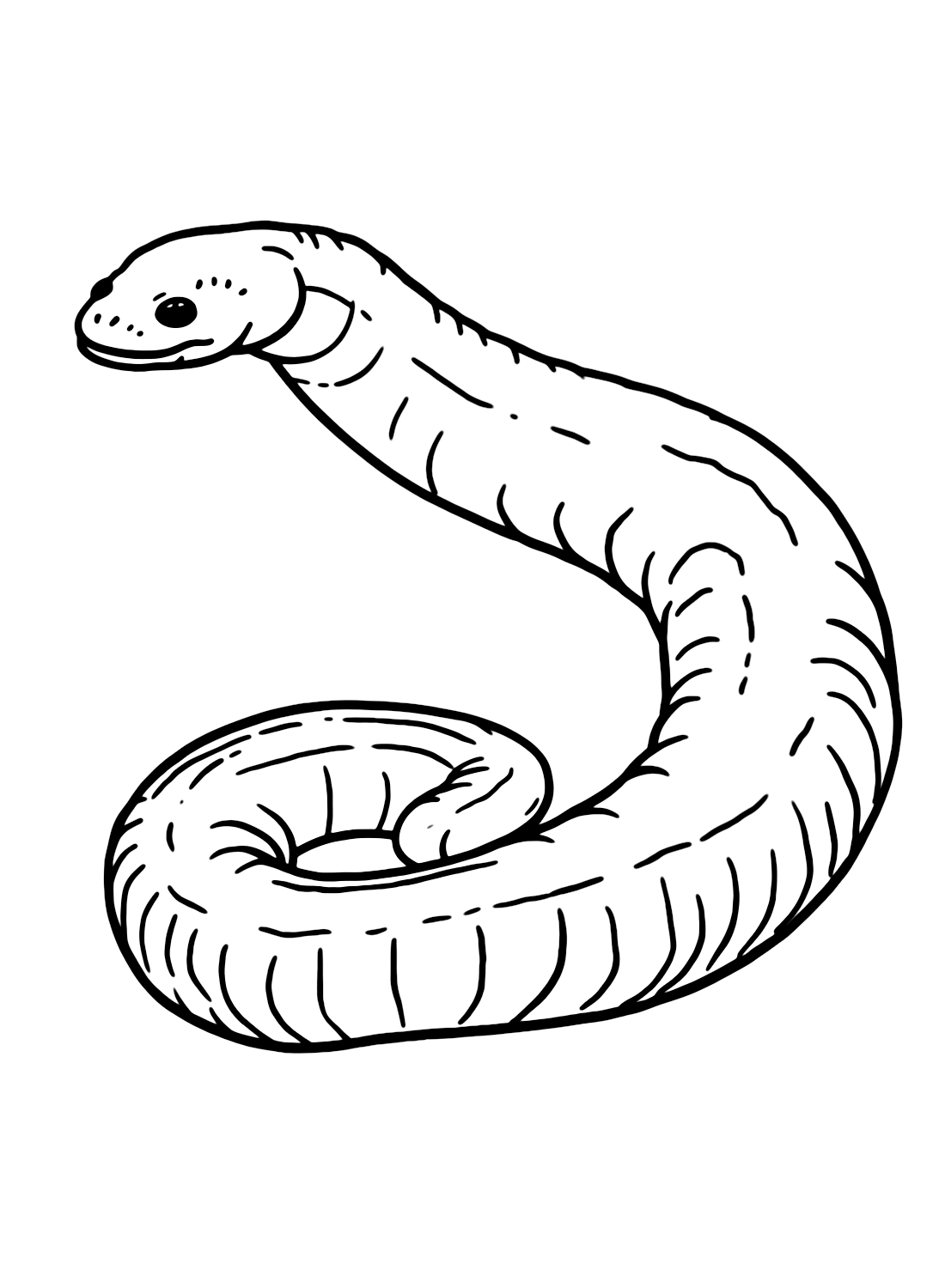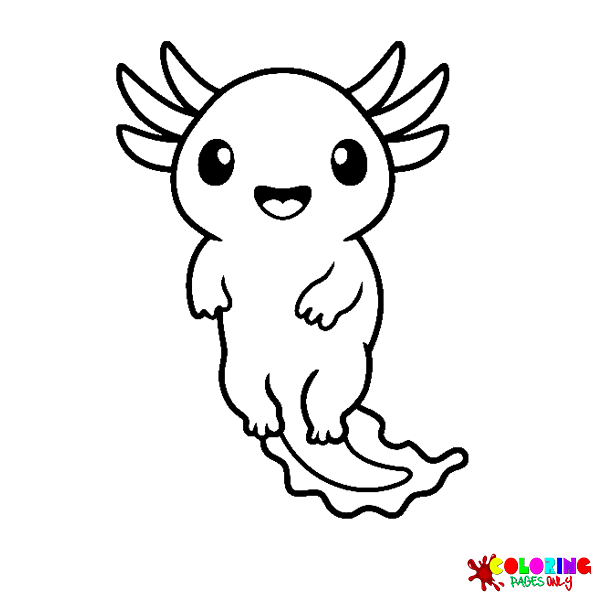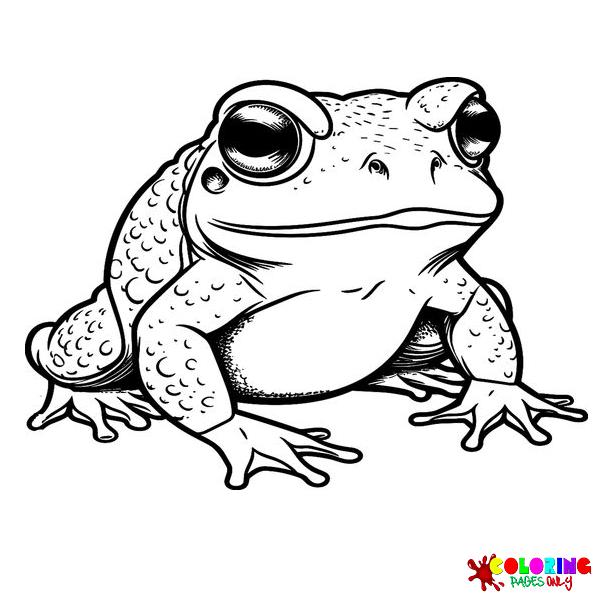Caecilian Coloring Pages
Do you have a passion for coloring and love the unique creatures of the animal kingdom? If so, you’ll be delighted that Caecilian coloring pages are available for your enjoyment. Caecilians are fascinating creatures that belong to the order Gymnophiona. They resemble earthworms but are, in fact, amphibians that live in tropical regions around the world. In this article, we will delve into the world of Caecilians and provide you with all the information you need about their coloring sheets.
What are Caecilians?
Caecilians are a group of limbless, burrowing amphibians found mainly in the tropics of Africa, Asia, and South America. They have long cylindrical bodies with tentacle-like projections around their heads that help them detect prey in the soil. Despite their worm-like appearance, caecilians are not related to worms but are more closely related to salamanders and frogs.
Caecilians have long cylindrical bodies ranging from a few centimeters to more than a meter. They lack limbs, external ears, and visible eyes, although some species have small eyes hidden under their skin. Their skin is usually smooth and slimy. Caecilians exhibit a wide range of sizes, colors, and ecological adaptability. Some species are entirely aquatic, living in freshwater rivers and streams, while others live on land or burrow in the ground. They can be found in various habitats, including rainforests, savannas, and swamps.
While not better known than frogs or salamanders, they play essential roles in their ecosystems as soil engineers and invertebrate predators. Research on amphibians is underway, and new species continue to be discovered, giving us a deeper understanding of this fascinating and relatively little-studied amphibian.
Why Color Caecilian Pages?
Coloring the caecilian pages offers the chance to learn about these unique and lesser-known amphibians. Children can familiarize themselves with their appearance, environment, and characteristics by coloring the pictures. This can spark curiosity and encourage further exploration and study. Besides, coloring allows individuals to express their creativity and imagination. They can choose colors and experiment with shading and blending techniques to bring caecilian images to life. This artistic expression helps develop fine motor skills and aesthetic sensibilities. Coloring pages with plumage can reinforce knowledge about these amphibians. As individuals color the pages, they can review information about the caecilians, such as their habitat, adaptations, or behavior. This repetition helps reinforce learning and retention of information. Additionally, coloring caecilian pages can be a shared activity, allowing for quality time and bonding between parents, siblings, or friends. It provides an opportunity to chat, collaborate, and have fun while embarking on a creative quest.
Tips for Coloring Caecilian Pages
Coloring is a fun and relaxing activity, but there are some tips to keep in mind to make the most out of your coloring experience. Here are a few tips to help you color Caecilian pages more effectively:
Gather Your Materials
Ensure you have all the necessary coloring materials, such as crayons, markers, and a sharpener. You should also have an eraser to erase mistakes or adjustments.
Reference Image
You should have a reference image of nearby caecilians. This will help you perceive their natural colors and patterns, allowing you to color more accurately and realistically if desired. You can find caecilian photos online or consult books or educational resources.
Start with Light Colors
Starting by using lighter color shades will help to arrange the primary colors. Caecilians often have deep undertones, so consider using shades of gray, brown, or earthy colors for the body. Lightly color in areas, leaving room for shadows and details later.
Add depth With Layers
Coloring in layers can add depth and dimension to your caecilian. Gradually increase the intensity by layering darker on top of lighter tones. This technique helps to create shadows, highlights, and a more three-dimensional appearance.
Experiment With Textures
Caecilians have smooth and sometimes shiny skin. You can experiment with different coloring techniques to depict these textures. For example, you can use light pencil strokes, crisscrossing, or blending techniques to create smooth and slick skin textures.
Have Fun And Be Creative
Don’t be afraid to experiment and get creative with your color choices. While aiming for precision is excellent, you can use your imagination and incorporate unique styles or color combinations if you prefer a more artistic interpretation.
Take A Break And Enjoy The Process
Coloring should be a relaxing and enjoyable activity. Take breaks, stretch your hands and fingers, and appreciate your progress. Enjoy the process of bringing your caecilian coloring pages to life.
Conclusion
Caecilian coloring pages offer an excellent opportunity to learn about these fascinating creatures while expressing creativity through art. Following the tips in this article on Coloringpagesonly.com, you can make the most of your coloring experience and reduce stress and anxiety. Once you find the right caecilian coloring page, you can download, print, or digitally save it to color using various digital coloring apps or software. We suggest other printable coloring page collections in this same theme, like frog, toad, and tadpole. We hope you have a great time coloring the pages and enjoy the creative process!


















